These St. Thomas Men Who Were There
Know the Value of Blood Serum…
Captain Wynne Baldwin:
| Captain Baldwin, son of Mr. and Mrs. George M. Baldwin, 54 Roseberry Place, St. Thomas, knows what blood serum means to gravely wounded men on the battlefields. Captain Baldwin was invalided home last September from very critical head and face wounds suffered on the Orne River in the most critical period of the invasion [D-Day invasion], when British regiments bore the brunt of the fighting for many days and weeks. Again, he learned what serum made from blood donated by humanitarian Canadians means to men who are on the borderline between life and death; men who have lost much of their own blood and are in bad condition from shock. |
Captain Baldwin was wounded twice. The first time he lay in a trench for days and received front-line medical attention, including precious blood serum. The second time, he recovered consciousness in a British hospital two weeks after sustaining shrapnel wounds that cost him the sight of one eye and serious face injuries.
Blood serum was in daily use in the hospital where Captain Baldwin underwent plastic surgical operations and on the hospital ship that brought him back to Canada. The greatest fear on the ship was that supplies of serum would run short.
Captain Jack Jennings:
| Captain Jennings, son of Mr. and Mrs. W.A. Jennings, 67 St. George Street, served in various parts of the world with the Canada-U.S.A. paratroopers [the infamous Devil's Brigade]. He was seriously wounded last June while the unit he commanded was going into Rome, the first troops to enter. His wounds resulted in the loss of his right leg and serious injuries to his left leg and to his chest. He received in all seven units of blood plasma and blood serum – life-saving plasma and serum. “There is no question about the value of blood serum. Blood serum sent overseas from Canada and given by patriotic Canadians is saving thousands of lives. |
Corporal Frank Oke:
| Corporal Oke is a veteran of the D-Day invasion. A former member of the Elgins, he was with his regiment, the Hussars of London, in Normandy, when his fighting was cut short on July 25, his tank receiving a direct hit. He received attention fifteen minutes after being hit and is sure this saved his life, but he lost his left leg. “The Army Medical Corps,” he said, “got right up into the front line with no protection but a little Red Cross band.” While waiting for them to come, he took out a handkerchief and applied a tourniquet to his leg, he said, but at that he lost a lot of blood and required six transfusions. “The blood transfusions have saved lots and lots of lives,” in his opinion. Corporal Oke returned to Canada early in December on the hospital ship Letitia. His parents, Mr. and Mrs. Roy Oke, reside at 34 Horton Street [St. Thomas, Ontario]. He and his wife, formerly of 29 Miller Street, [St. Thomas, Ontario] are at present in Windsor. |
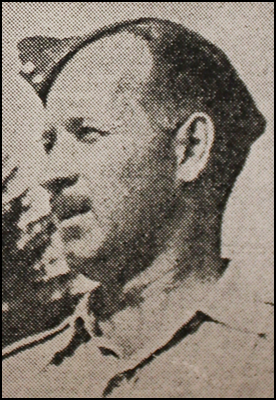
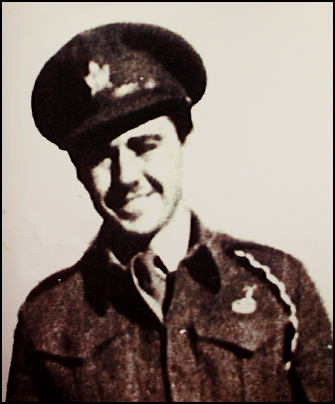
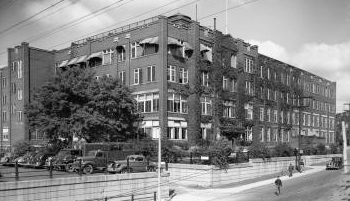
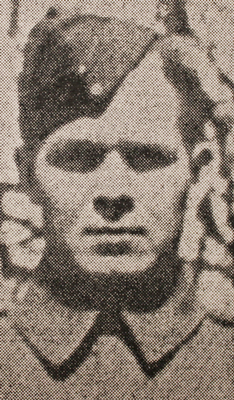
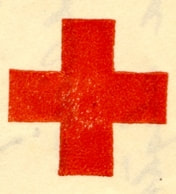
 RSS Feed
RSS Feed